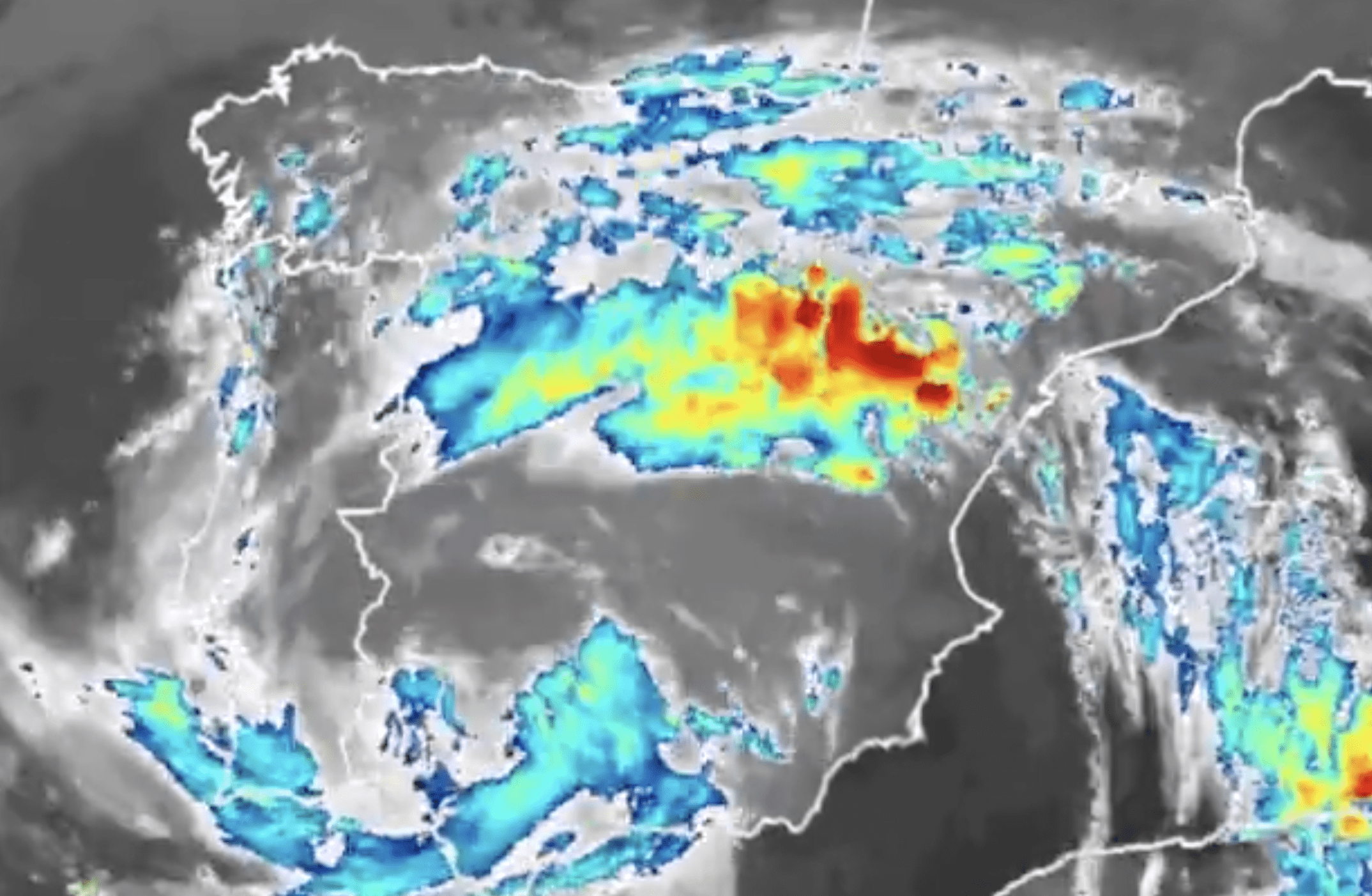THE devastating floods that have destroyed much of Valencia with tragic results have been blamed on a thankfully relatively rare weather phenomenon called a ‘gota fria’.
Meaning literally, ‘cold drop’ it is also known as a DANA (Depresión Aislada en Niveles Altos).
To understand how a gota fria can be so devastating, one must first consider how ‘normal’ winds come about.
In simple terms, winds are formed where there is a difference in air pressure between two areas.

Air moves from colder high pressure areas into warmer low pressure areas, much as it does when you open a window on a cold day and air rushes into a warmer room.
The bigger the difference in pressure, the faster the movement of air.
Similarly, a gota fria is formed by a colder high pressure body of air pushing down, instead of across, onto warmer air.
If heavy rain clouds are sitting between the two bodies of air, that rain is literally pushed down to earth at high velocity – with devastating effect.
By Autumn, the Mediterranean Sea has basked in the summer sun for many months and has warmed considerably.
It has warmed so much that the difference in warmth and pressure of coastal air, and the pockets of colder high-pressure air at altitude, becomes problematic with sudden inundations of huge amounts of water pouring from the sky.
These can overwhelm river flood defences, causing massive flooding as we have seen this week with such tragic results.
This week this deluge in El Ejido in Almeria came in the form of giant hailstones, which smashed car windows and caused huge amounts of damage.

How to stay safe
Never underestimate the power of a gota fria, even after the rains have stopped – water from higher ground is bound to follow at a rapid rate as it finds its way to the shore.
Families must avoid flood plains, rivers and ramblas (drainage gullies).
Avoid driving, especially at night, and park your car away from walls, fences and – of course – waterways.
Inside, keep documents in a safe, dry – and high – place.
Carry out regular checks on the roof, windows and guttering.
Ensure that a first aid kit, torch and spare batteries are accessible.
If flooding in the house does occur, switch off the electricity supply.








